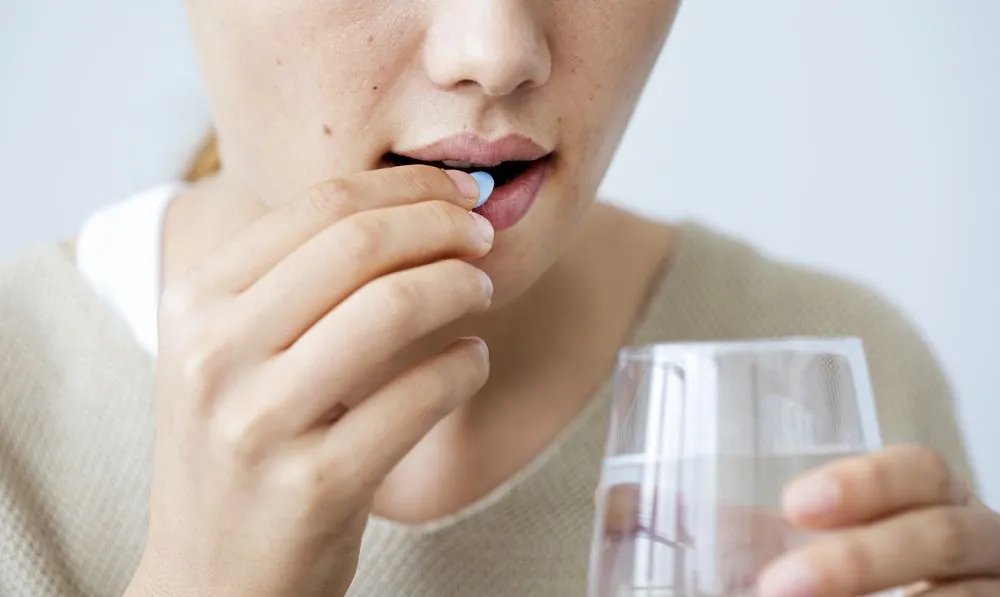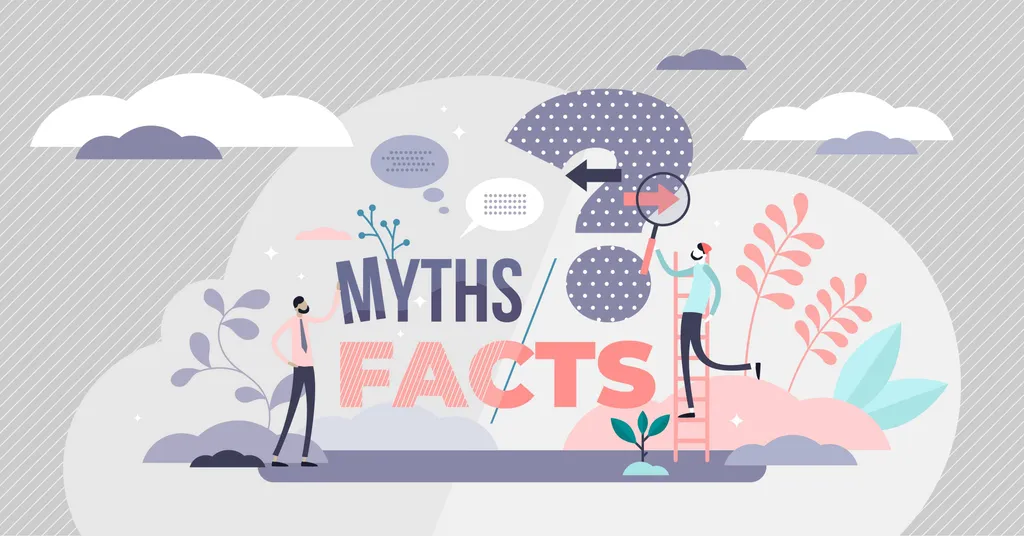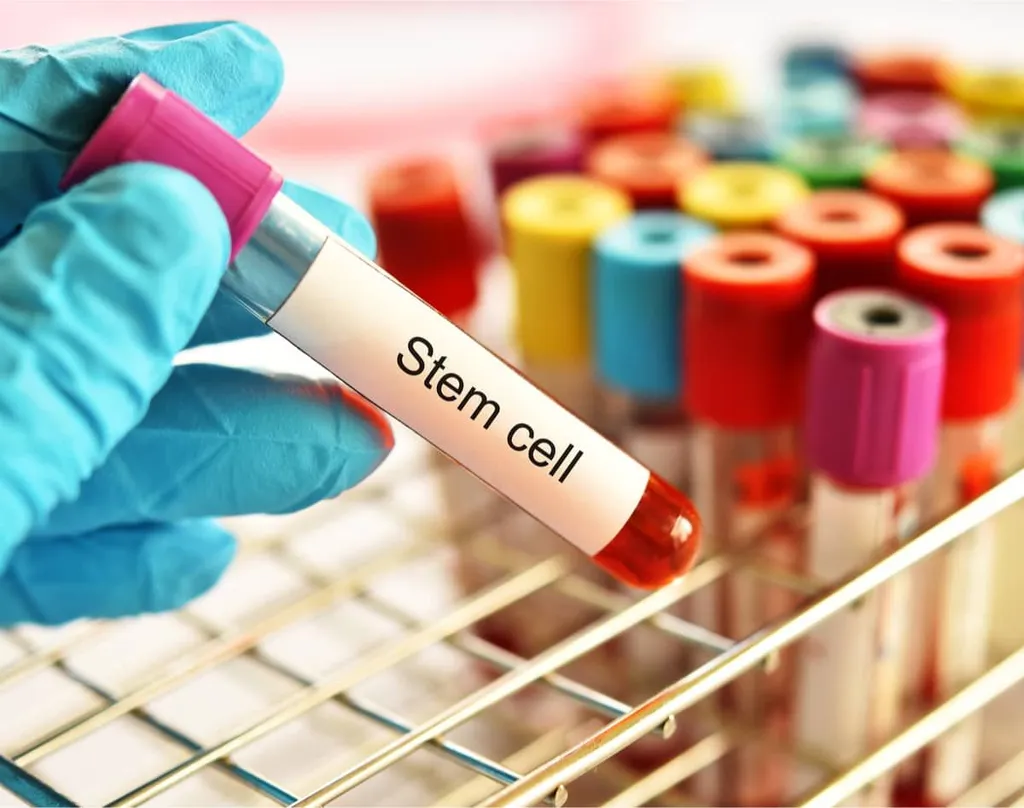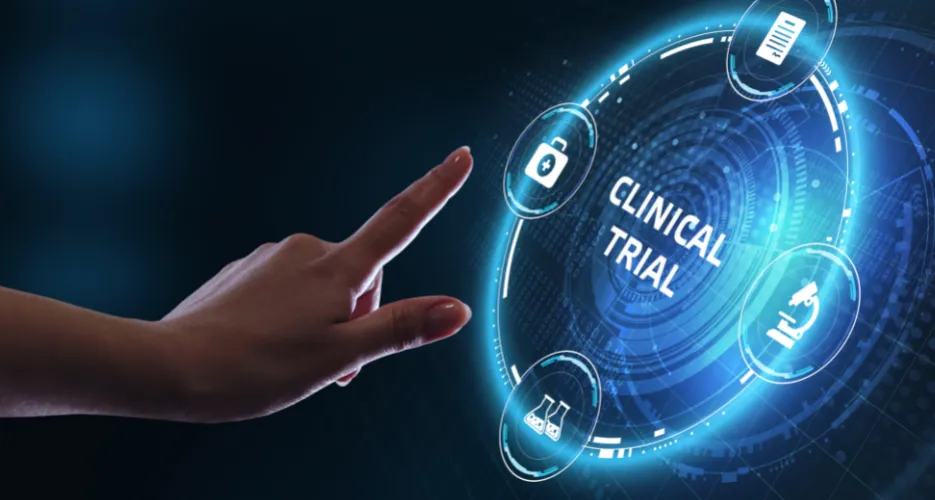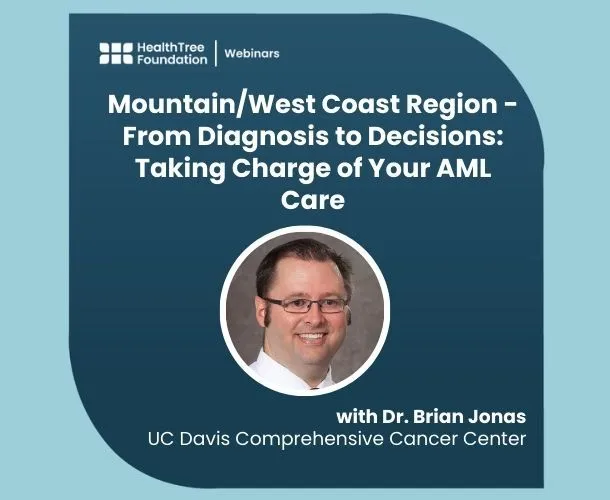The Effective Use Of Homoharringtonine In Pediatric AML

The Effective Use Of Homoharringtonine In Pediatric AML
AML is the second most common form of leukemia in children. It is usually seen in the first 2 years of life rather than in the teenage years. “The 5-year relative survival rate for children under the age of 15 with AML is 68%. The 5-year relative survival rate for teens ages 15 to 19 is also 68%.” Finding effective treatment for pediatric AML is critical for overall survival.
The use of homoharringtonine (HHT- and also called omacetaxine mepesuccinate), has recently shown improved treatment responses in pediatric patients. HHT prohibits protein synthesis (proteins are essential for cancer growth) and is a very potent anti-cancer agent. Its toxicities are very mild, which makes it an ideal candidate for treating pediatric patients.
Standard therapy usually consists of chemotherapy and radiation. Etoposide-based induction therapy has been a common form of treatment. However, recent studies have shown that it has the potential to cause therapy-related secondary cancers. “Results indicate that the HHT-based induction regimen could result in higher CR (complete remission) and improved survival, which may be a better alternative for the treatment of de novo patients with childhood AML.”
Homoharringtonine has previously been used in adult cases of AML. Researchers are now noticing its effectiveness in pediatric AML. A recent trial was conducted where HHT was administered at 35 centers that showed promising results:
- Complete remission rate was 79.8%.
- Patients with intermediate-risk had a complete remission of 80.1%.
- The 3-year overall survival rate was 69.2%.
- Event-free survival rate was 61.1%
- 1,253 patients were included in this study and the median age was 6 years old.
ATRA (all-trans retinoic acid) maintenance therapy was also administered. ATRA increases the effectiveness of the chemotherapy regimen. When used in combination with HHT:
- Event-free survival rate at 3 years was 58.9%.
- The 3-year overall survival rate was 68.4%.
- Patients with AML1-ETO positivity had an event-free survival rate of 73.6%.
This study concluded that “HHT is an alternative combination regimen for childhood AML. The effects of ATRA-based maintenance are comparable with those of cytarabine-based maintenance therapy.”
The Effective Use Of Homoharringtonine In Pediatric AML
AML is the second most common form of leukemia in children. It is usually seen in the first 2 years of life rather than in the teenage years. “The 5-year relative survival rate for children under the age of 15 with AML is 68%. The 5-year relative survival rate for teens ages 15 to 19 is also 68%.” Finding effective treatment for pediatric AML is critical for overall survival.
The use of homoharringtonine (HHT- and also called omacetaxine mepesuccinate), has recently shown improved treatment responses in pediatric patients. HHT prohibits protein synthesis (proteins are essential for cancer growth) and is a very potent anti-cancer agent. Its toxicities are very mild, which makes it an ideal candidate for treating pediatric patients.
Standard therapy usually consists of chemotherapy and radiation. Etoposide-based induction therapy has been a common form of treatment. However, recent studies have shown that it has the potential to cause therapy-related secondary cancers. “Results indicate that the HHT-based induction regimen could result in higher CR (complete remission) and improved survival, which may be a better alternative for the treatment of de novo patients with childhood AML.”
Homoharringtonine has previously been used in adult cases of AML. Researchers are now noticing its effectiveness in pediatric AML. A recent trial was conducted where HHT was administered at 35 centers that showed promising results:
- Complete remission rate was 79.8%.
- Patients with intermediate-risk had a complete remission of 80.1%.
- The 3-year overall survival rate was 69.2%.
- Event-free survival rate was 61.1%
- 1,253 patients were included in this study and the median age was 6 years old.
ATRA (all-trans retinoic acid) maintenance therapy was also administered. ATRA increases the effectiveness of the chemotherapy regimen. When used in combination with HHT:
- Event-free survival rate at 3 years was 58.9%.
- The 3-year overall survival rate was 68.4%.
- Patients with AML1-ETO positivity had an event-free survival rate of 73.6%.
This study concluded that “HHT is an alternative combination regimen for childhood AML. The effects of ATRA-based maintenance are comparable with those of cytarabine-based maintenance therapy.”

about the author
Lisa Foster
Lisa Foster is a mom of 3 daughters and 1 perfect grandchild, a puzzle lover, writer and HealthTree advocate. She believes in the mission of the foundation and the team that builds it forward. She calls Houston, Texas home.
More on Navigating Your Health
Trending Articles
Upcoming Events

Get the Latest Acute Myeloid Leukemia Updates, Delivered to You.
By subscribing to the HealthTree newsletter, you'll receive the latest research, treatment updates, and expert insights to help you navigate your health.


